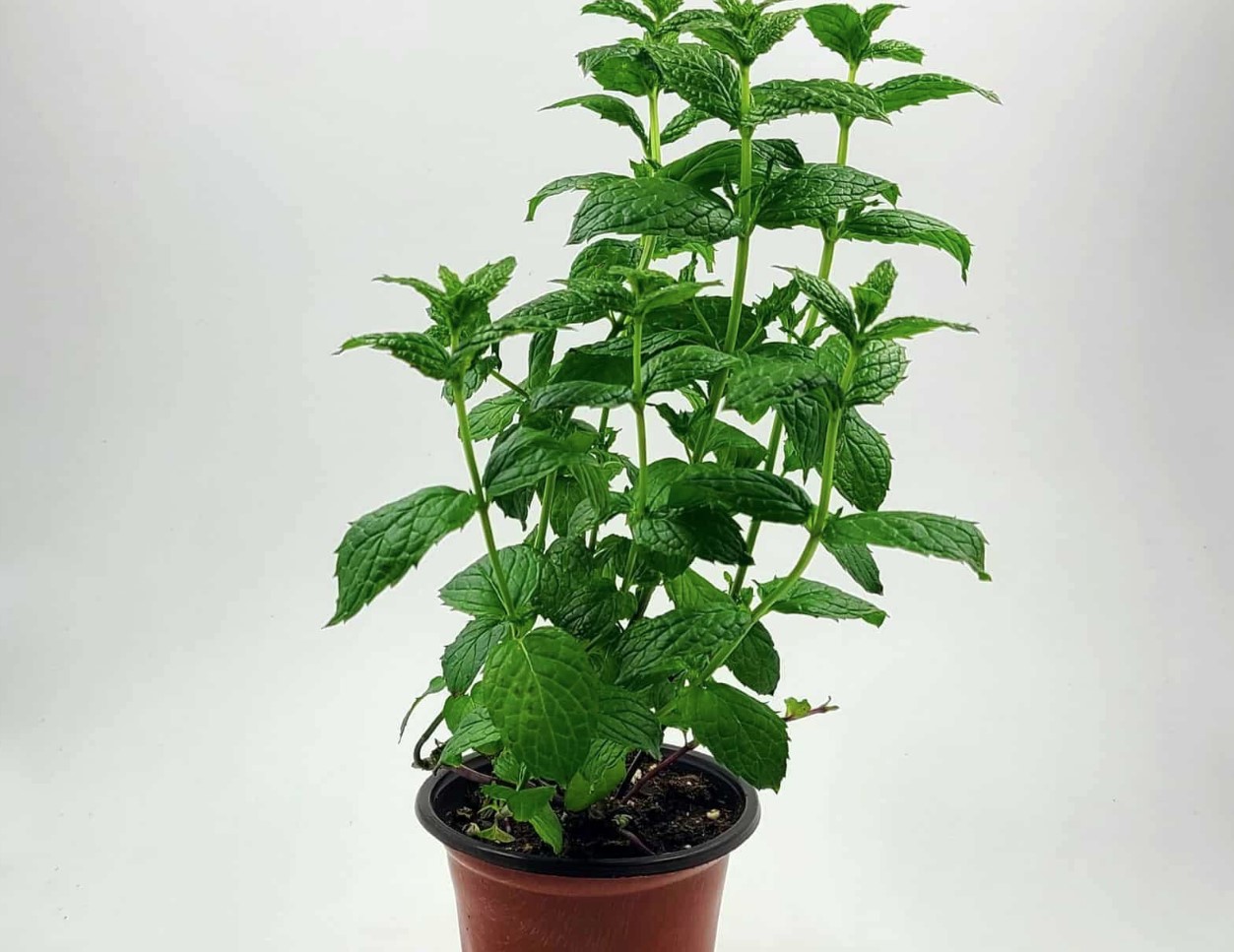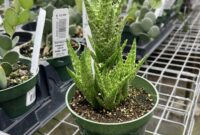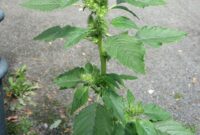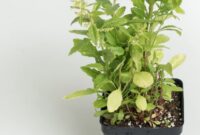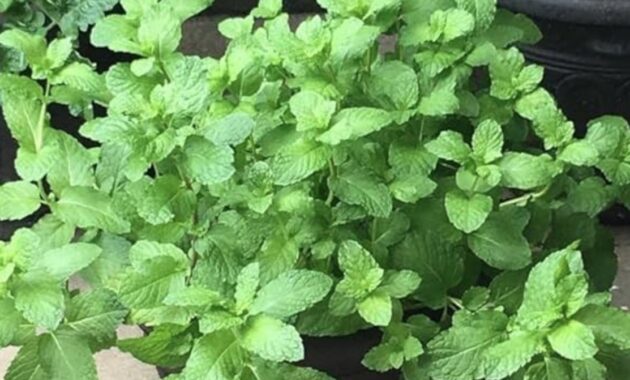
The Lamiaceae family, often referred to as the mint family, is a diverse group of flowering plants known for their aromatic leaves and vibrant blooms. With thousands of species worldwide, these plants have captivated humans for centuries due to their culinary, medicinal, and ornamental uses.
What is the Lamiaceae Family?
The Lamiaceae family is a large group of flowering plants characterized by square stems, opposite or whorled leaves, and distinctive flower structures. They are commonly known as mints due to the presence of aromatic oils in their leaves and stems. These oils give many Lamiaceae plants their distinctive scents and flavors.
Lamiaceae Plant Characteristics
- Square Stems: One of the most recognizable features of Lamiaceae plants is their square-shaped stems.
- Opposite or Whorled Leaves: The leaves are typically arranged opposite each other on the stem or in whorls of three or more.
- Aromatic Oils: Many species contain aromatic oils that give them their distinctive scents and flavors.
- Flowers: Lamiaceae flowers are typically two-lipped, with a lower lip and an upper lip. They often come in a variety of colors, including purple, pink, blue, and white.
Lamiaceae Plant Uses
Lamiaceae plants have a wide range of uses, including:
- Culinary: Many species are used as herbs and spices, such as mint, basil, oregano, rosemary, and thyme.
- Medicinal: Several Lamiaceae plants have medicinal properties and are used to treat various ailments. For example, peppermint is often used to relieve digestive issues, while lavender is known for its calming effects.
- Ornamental: Many Lamiaceae plants are cultivated for their attractive flowers and foliage. They are popular choices for gardens, landscapes, and indoor plants.
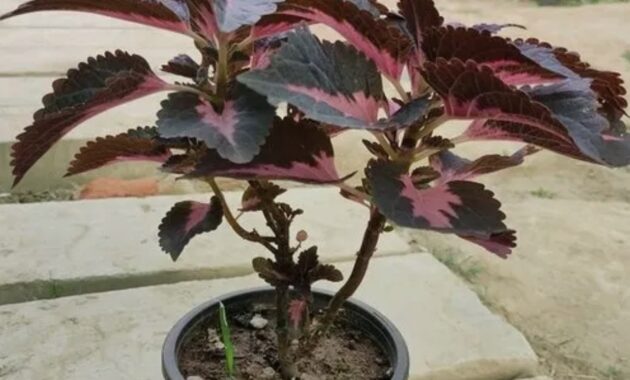
Popular Lamiaceae Plants
Some of the most popular Lamiaceae plants include:
- Mint: A versatile herb with many varieties, including peppermint, spearmint, and chocolate mint.
- Basil: A fragrant herb used in Italian and other cuisines.
- Oregano: A popular herb used in Mediterranean dishes.
- Rosemary: A woody herb with needle-like leaves, often used in roasted meats and stews.
- Thyme: A small, woody herb with fragrant leaves, often used in soups, stews, and sauces.
- Lavender: A fragrant herb with calming properties, often used in aromatherapy and as a culinary ingredient.
Lamiaceae Plant Cultivation
Lamiaceae plants are relatively easy to grow, making them popular choices for home gardeners. Here are some tips for cultivating Lamiaceae plants:
- Sunlight: Most Lamiaceae plants prefer full sun to partial shade.
- Soil: Well-drained soil is essential for Lamiaceae plants.
- Watering: Water regularly, especially during dry periods.
- Pruning: Prune regularly to encourage bushy growth and prevent legginess.
- Propagation: Lamiaceae plants can be propagated by seed, cuttings, or division.
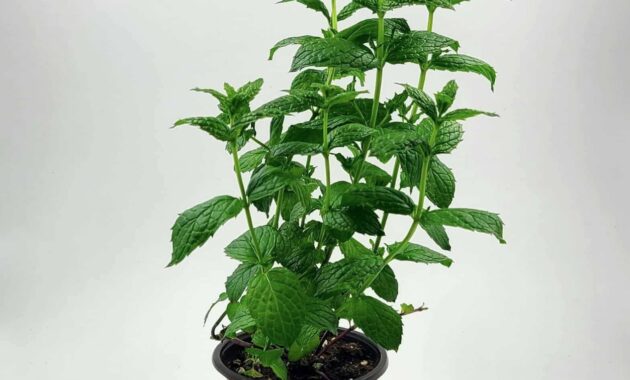
Conclusion
The Lamiaceae family is a fascinating group of plants that have been used by humans for centuries. Their versatility, beauty, and aroma make them valuable additions to gardens, kitchens, and medicine cabinets. By understanding the characteristics and uses of Lamiaceae plants, we can better appreciate and utilize these incredible plants.
FAQs
- Are all Lamiaceae plants edible?
While many Lamiaceae plants are edible, some can be toxic. It’s important to identify plants correctly and avoid consuming any that are unknown. - How can I identify a Lamiaceae plant?
Look for square stems, opposite or whorled leaves, and two-lipped flowers. The presence of aromatic oils is another key characteristic. - What are some common pests and diseases that affect Lamiaceae plants?
Common pests include aphids, whiteflies, and spider mites. Common diseases include powdery mildew and root rot. - Can I grow Lamiaceae plants indoors?
Yes, many Lamiaceae plants can be grown indoors in pots. Choose varieties that are suitable for indoor conditions and provide adequate light and water. - How can I preserve fresh herbs from Lamiaceae plants?
Fresh herbs can be preserved by drying, freezing, or infusing in oil or vinegar.
